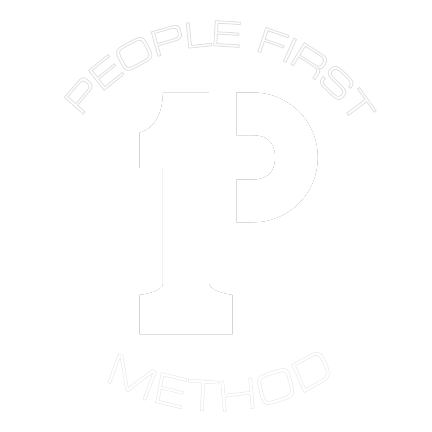In the intricate world of project management, success often hinges on the alignment of various factors, from team dynamics to stakeholder reactions and cultural nuances. Recognizing these mismatches early on can be pivotal in steering a project towards success. Here, we delve into three common mismatches and how the People First Method helps uncover and address them effectively.

Mismatch #1: The Team Doesn’t Have the Right Players
At the heart of every successful project lies a team equipped with the right skills and commitment. One key role often overlooked is that of the Business Analyst (BA). When this role is either unsupported or underutilized, it can manifest as missed deadlines, budget overruns, and disagreements among client team members on crucial next steps. The People First Method advocates for a committed and dedicated BA role on the client side, considering it essential for project success. This differs from the common practice of expecting existing staff to gain and apply these skills in a fractional way. To use an ensemble analogy, the effort to get several solo musicians to make the adjustments and steps to learn together to align on the same sheet of music is often more effort than implementing the resulting solution. The BA must possess intangible skills to manage competing priorities, personalities, and politics to get to a workable – and usable – outcome. Early detection of this mismatch is crucial, and we suggest identifying it very early in any engagement.
Mismatch #2: The Stakeholder’s Level of Reactivity
The reaction of financial stakeholders to bad news can speak volumes about their alignment with People First Method values. Do they immediately adopt a defensive stance, or do they listen attentively, understand the gravity of the situation, and heed the merits of our assessment and path forward? This response provides valuable insight into their receptiveness to collaborative problem-solving and their commitment to prioritizing project success over personal agendas or political dynamics.
Mismatch #3: National Culture Informs Business Practice
Culture plays a significant role in shaping business practices, and understanding its influence is paramount for effective project management. Take, for instance, the example of Hawaiian culture, where non-competitive approaches to achieving outcomes may diverge from conventional norms. In such cases, we adapt our recommendations to align with cultural practices, provided they do not introduce unnecessary risks to the project. By proactively exploring cultural nuances through dialogue, observation, and research, we tailor our interactions and recommendations to foster mutual understanding and respect.
Identifying and addressing mismatches in project dynamics is fundamental to ensuring project success. Through the People First Method, we prioritize collaboration, cultural sensitivity, and proactive communication, enabling us to navigate these challenges effectively. By embracing these principles, we foster a culture of trust, adaptability, and shared accountability, laying the foundation for truly transformative project outcomes.


